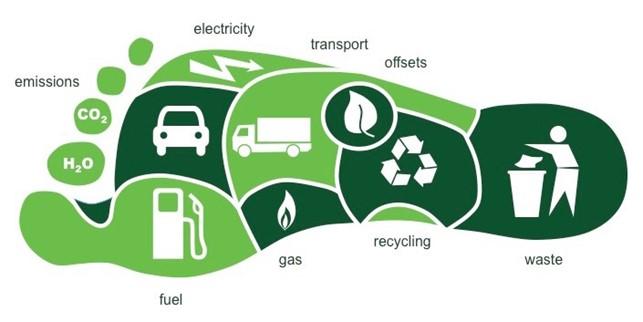What is really ecological in the textile sector?
What is really ecological in the textile sector?
Ecological fibre, silk yarns, silk products

The term Ecotextile represents a search for matching between Ecology and Textile. Is it justifiable to make this combination? What does ecological fibre actually mean? Are silk fibres, silk yarns and silk products to be considered Ecotextile products? What, on the contrary, is only green-washing?
The analysis of the Carbon Footprint and associated studies relating to the production of natural silk fibre can answer these questions in a clear and objective way.
Is the textile-clothing sector really Green?

Generally, based on the numerous studies and surveys that have been published, we can certainly affirm that today the entire textile clothing industry is very far from the concept of ECOTEXTILE:
- after the oil industry, it appears to be the most responsible for global pollution:
- a percentage from 2 to 10% of the European LCA is created by the textile industry;
- the annual emissions of CO2 are 1.7 billion tons;
- 35/40% of the 9.5 tons of plastic poured into the sea every year comes from the textile/clothing industry;
- 90 million garments end up in landfills;
Silk is the only 100% natural microfibre
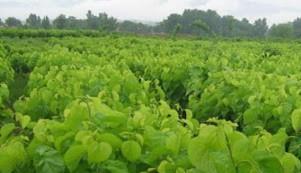
On the contrary, natural silk fibre, silk products and silk yarns do not create polluting plastic microfibres.
The production of 1 kg of certified ecological natural Silk fibre that Cosetex and T.Silk promote as “THE” material of the future can remove from our planet 732.96 kg of Carbon Dioxide/Greenhouse Gas.
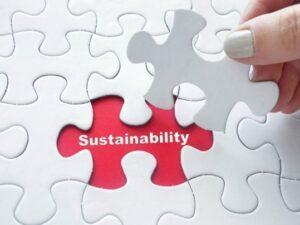
Based on the analyses, studies and research that have been published, the combination of carbon footprint with the mitigation factor deriving from the agricultural component of production, highlights every kilogram of silk fibre produced allows us to guarantee a positive balance and, therefore, remove from our atmosphere more than 700 kg of carbon dioxide.
The use of silk allows to taken out of the atmosphere many tons of CO2
Some simple examples serve to clarify the magnitude of this data:
- A New York to London trip produces 610 kg of C02 per person; equivalent to 832 grams of silk;
- Every day in Europe, planes emit 560,000 tons of CO2; equivalent to 764,306 tons of silk;
- 5 kg of CO2 are emitted to produce a hamburger; equivalent to 3.41 grams of silk;
- A football match produces 820 tons of CO2, equivalent to 1,119 tons of silk;
- Ironing a shirt produces 25 gr. of CO2; equivalent to 3.4 grams of silk
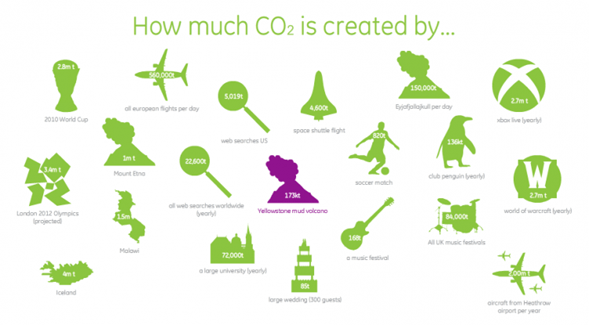
How much does it cost for the environment to get us dressed?
The other fibres, for different reasons, are unable to implement this important and relevant mitigation factor. The comparison is embarrassing:
- 1 kg of cotton = 27 kg of CO2/greenhouse gas
- 1 kg of wool = 46 kg of CO2/greenhouse gas
- 1 kg viscose = 30 kg of CO2/greenhouse gas
- 1 kg of polyester = 21 kg of CO2/greenhouse gas
- 1 kg of acrylic = 38 kg of CO2/greenhouse gas
- 1 kg of polyamide = 24 kg of CO2/greenhouse gas
- 1 kg of polypropylene = 19 kg of CO2/greenhouse gas
- 1 kg of Down = 45 kg of CO2/greenhouse gas
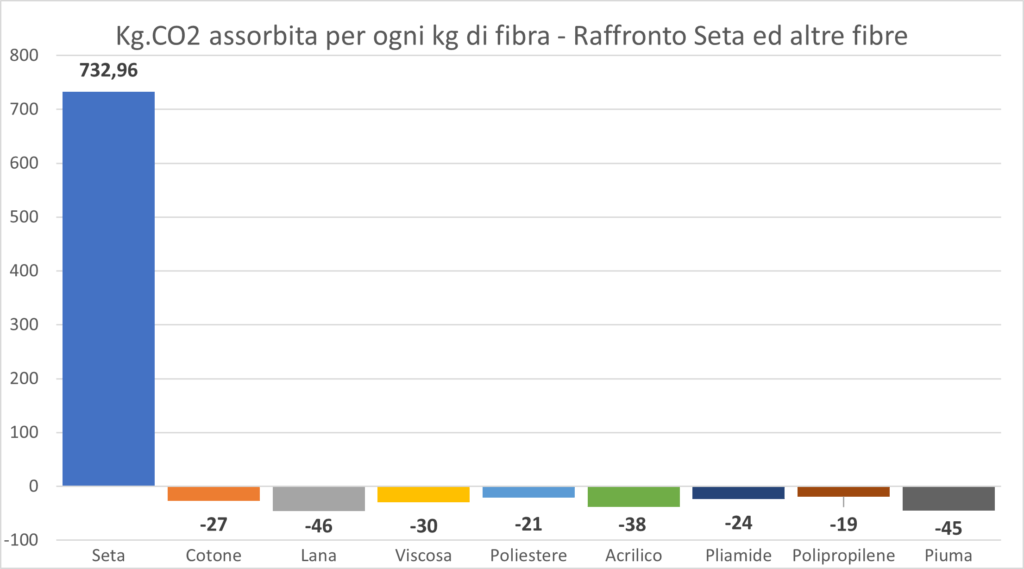
The natural silk fibre, the silk yarn, every product made of silk or containing silk fibre, can be absolutely associated with the definition of an Ecotextile product/fibre. A real help in the fight against pollution and global warming. An important starting point to lend full significance to the concept of sustainability.
Learn more about the Carbon Footprint and the SILK – PDF mitigation factor.
Use our Carbon Footprint viewer to calculate the real impact in terms of CO2/GREENHOUSE GAS of what you are about to purchase or have already purchased

